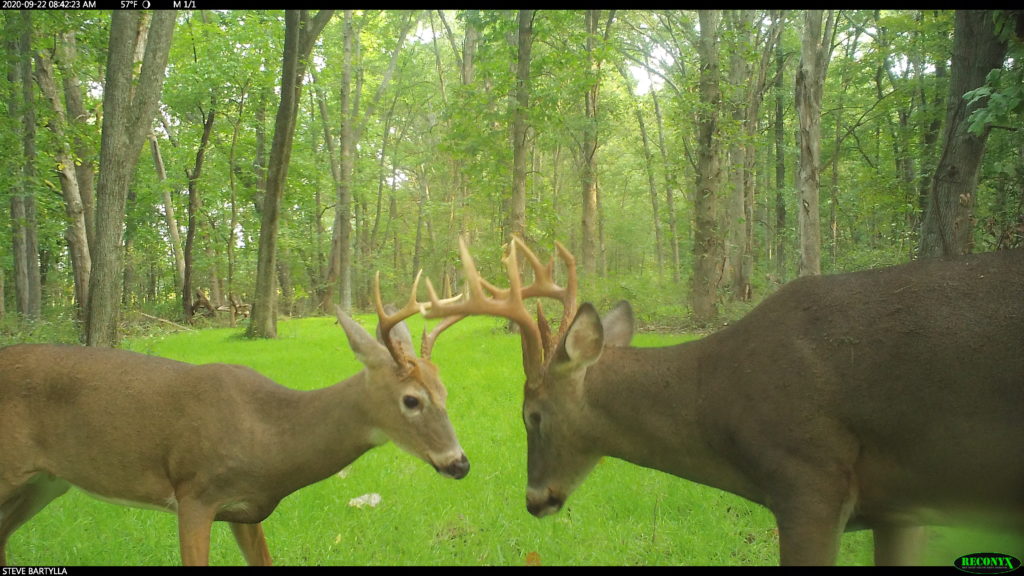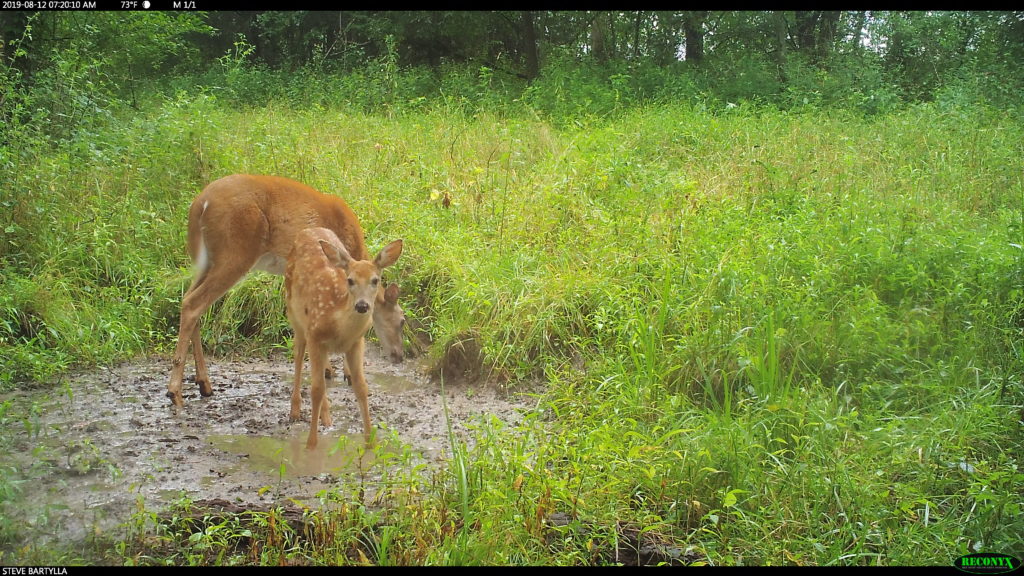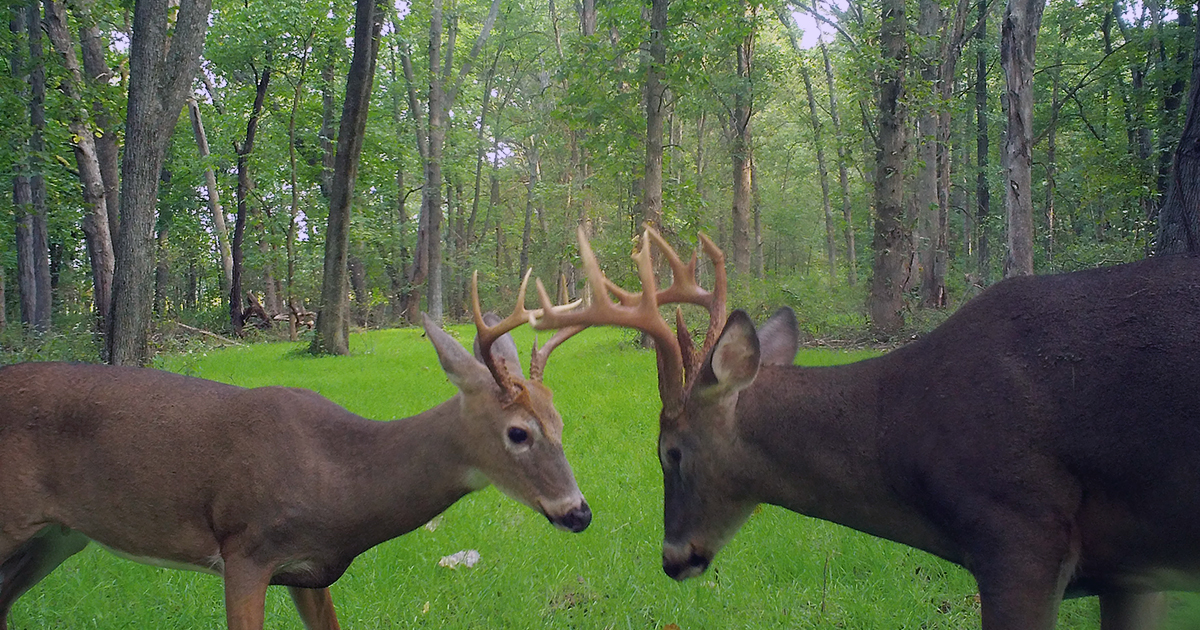Ever wonder what mature bucks truly want, what ultimately drives them and how the whitetail world is structured? Well, we’re about to dive in, headfirst.
What is about to begin is my best to dump everything I think I know about overall mature buck tendencies. This is going to be more big-picture stuff. I’ve found that the better grasp I have on the overall picture, the more effective I am at finding the needle in the haystack, if that makes sense.
This is Chapter 1 of Steve Bartylla’s free online book, Understanding Mature Bucks.
At the same time, please notice I wrote mature buck “tendencies.” That wasn’t a mistake. When you really start studying deer, which is something we all should be doing every time we have a chance to observe them, it doesn’t take long to determine that each deer has their own “personality,” of sorts. Just like humans, cattle, family pets and most any other beings with a somewhat decent sized brain, they all have their own traits. Think of the differences between the runt and the dominant pups of a litter. From what I can see, there are every bit as many if not more differences between individual deer, mature bucks most definitely included.
Next, to truly understand mature bucks we must also remember that the majority of them are hunted pretty darn hard. That means to survive they either must be in one of the rare areas they aren’t hunted, have gotten extremely lucky or either naturally or quickly learned to be far more cautious than other deer. If one of those things don’t occur, they have the very high tendency to die young.
At the same time, Mr. Big most often is losing 25-30% body weight during the rut, as well as piling up bumps, bruises and who knows what serious injuries during his annual chasing of girls. That also leaves them very vulnerable to natural predators. A couple coyotes will rarely take down a mature buck in September, in his prime physical condition. Have him shed all that weight, toss in a bad leg from a fight and that makes him far easier pickings. At the same time, Mr. Big is generally most physically vulnerable during the predators’ seasonal food shortage, the comparatively lean winter months.

Then you need to top all of this off with understanding dominance structure within the whitetail world and the stress levels that adds to Mr. Big’s life, as well. To complicate things even further, not every buck is driven to be THE MAN any more than every human male being driven to be a stereotypical “man,” if there even is such a thing. Some just seem to be essentially pacifists and then there are the glut between the two extremes.
We’ll get into dominance way more in future chapters, but it sure seems to me that it makes for a lot of scared/paranoid bucks running around the November woods. A lot of the subordinate bucks appear to be fearing a beating (if you doubt that, start snort wheezing at every buck you see in November. The percentage that tear off the other way sure seem to be fearing a beat down, and that can be a pretty high percentage) OR another buck stealing their turf and girls.
Now compare that to the life of family groups (does, fawns and very young bucks). When the population is in balance with nature, there’s the stress of fawn rearing for adult does and being harassed for a couple weeks before and after they’ve been bred. That’s next to nothing, by comparison.

Most all deer want the best food, water, illusion of safety, comfort and breeding opportunities they can get. That said, when you start looking at the different challenges Mr. Big faces versus family groups and teenage bucks, it’s easy to see that we essentially have three species of whitetails: Family Groups, Teenage Bucks (those 1.5-year-olds after dispersal, 3.5- or 4.5-year-olds, depending on the area’s overall age structure and population dynamics) and Mr. Big. All three share many traits, as they all generally want the same things, for most of the year, but their circumstances make them behave almost as different species.
That’s important to know out of the gate, as those young bucks are lying to you, when they are chasing around that doe is September. The rut isn’t “early” this year. They’re just idiot teenage boys, just like all us males here will be, are or were. No shame in it, as it’s just part of learning to be Mr. Big someday. The area’s family groups want to bed in most often aren’t the same places Mr. Big wants to, as their circumstances have led them to having different bedding priorities. How they travel the topography and habitat is often different and so on.
Hopefully, this helps set the foundation for what’s to come. We’re going to go as deep in the weeds on this next string of posts as I can go on understanding mature buck tendencies and what ultimately makes them tick. Frankly, I suspect it will be too deep for most, but you aren’t most. If you were, you wouldn’t be reading a hunting and management page during your free time. Only those extremely bored or truly ate up with this stuff are doing that. So, I’m going to do my best to toss out the freshest, richest meat you all have empowered me to harvest over the years.


